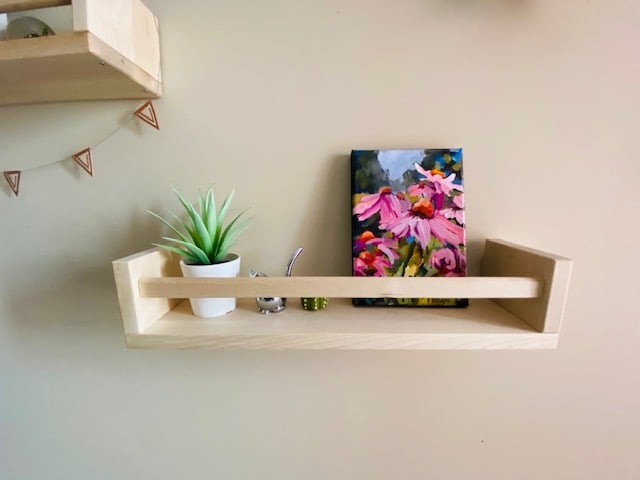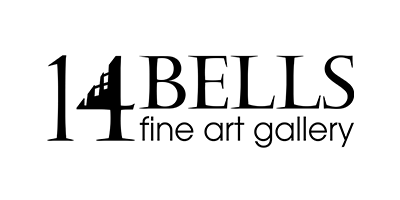Art Collecting: Advice for Beginners

Warning: Collecting art is very addictive. Do not start unless you want to do it for a lifetime. It feels good and it is fun.
1. Buy what you love.
This is the most important tip. You can stop reading now if you like. Seriously though, if you are investing time and money in original art, choose something you love. There will obviously be other factors involved but at the end of the day the art should engage you; make you happy, or intrigued or perhaps even a little unsettled. If it doesn't, then walk away. "Walk away" can also help you decide. I often advise a collector to walk away from a piece. If you get out the door or down the street and you have that little squirm of regret in your belly, turn around and come back. Many galleries, including 14 Bells, offer a rental, or "on approval" option when choosing art. Live with the art for a while, wake up to it, see it at different times of the day, catch it out of the corner of your eye. Does it fit in the space? Does it work with all the little pieces that make up your life? You are not looking for a lightning bolt, but a sense of belonging.

2. Look at a LOT of art.
If you have decided you want to start collecting, take every chance you can to look at art. Visit all the galleries in your area and seek them out when you travel. (I know, I know, but we will travel again...) There are thousands of quality online galleries. Follow artists on social media. Click through to look at dimensions and prices. As you are doing this you are educating yourself on what is available in the market. The more art you look at the more you learn what you like and what you don't like. If you are making art decisions with a partner, look together. It may take a while but even if you have differing tastes there will be something you both like. Eventually. I promise.

3. Set a budget(ish).
Always buy what you love, (see #1) but obviously affordability is a factor in any decision and setting some parameters will help you narrow down your choice. Art is, arguably, a discretionary purchase. You will be surprised what you can afford if you divert some funds from other "non-essentials". (I'm looking at you wine and shoe racks...) So, place art collecting on your priority list and budget accordingly. One method is to set a yearly budget. You may fit a few things in over the course of the year or you may find one big addition. You may fall absolutely in love with something over budget and end up skipping next year. Many galleries offer payment plans and there are third party leasing options if monthly payments work better for your household.
4. Know that your tastes will evolve.
Buying original art is a commitment. While you want to choose something that will stand the test of time, I believe that what you choose also marks a moment in time. Seasoned collectors often speak of their art almost like an album or a diary. They remember the city where they bought their first piece. They tell the story of a commission that marked a special occasion or of getting to meet a favourite artist. Your experience in collecting and in life will influence your choices as time goes by. You don't need to worry if this painting will go with the last painting if you stick to buying what you love. (See, I told you you didn't have to read past #1) If you buy what you love, the common thread that holds it all together is you.


Comments on this post (4)
Great advice. Thanks
— Cherry
Great advice…and I usually stick to number 1 with a huge impact on my ability to buy from number 3. Haha. Fingers crossed that changes.
— Rhonda
I love #4 – describing how the art you collect is like a diary that marks a season in time. That’s how I feel about my sketchbooks. They’re better than photos because they serve as memory banks and bigger triggers for that period in life. I hadn’t thought about this same idea applying the other way round for an art collector. Thanks for sharing this. Great post!
— Grace Lane-Smith
Excellent tips! Thanks!
— Elizabeth